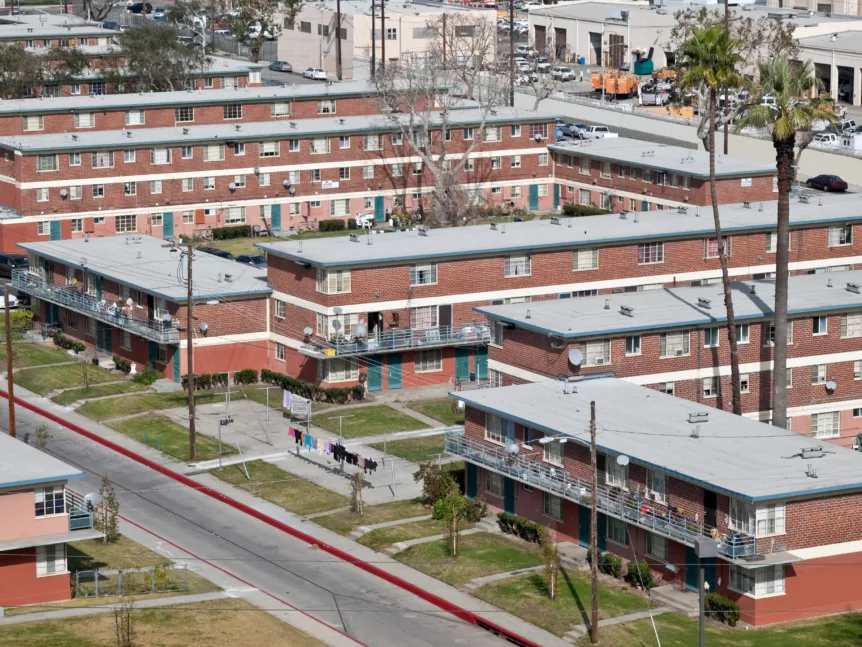Ensuring Multifamily Benefits from the Push
By Ravi Malhotra
Tax Credit Advisor, August 2023
Since early 2023, ICAST’s articles have covered the Inflation Reduction Act (IRA) and Bipartisan Infrastructure Law (BIL) and their potential impacts on multifamily affordable housing. The BIL provided billions for the Weatherization Assistance Program (WAP) on top of the standard allocation, so for the next four to five years, the WAP will have approximately $5 billion for energy efficiency, solar and health and safety upgrades.
We are seeing various states allocating some of their funds to benefit multifamily housing, and others considering it. The majority are still sticking with “business as usual” and trying to use all their funds for single-family. We expect a similar scenario to play out with the IRA-funded Home Energy Rebate Program’s funds (totaling approximately $9 billion), which will be disbursed by the U.S. Department of Energy (DOE). Now is the time for the affordable housing sector to make its voice heard and gain access to these funding sources.
The good news is that the $1 billion from the U.S. Department of Housing and Urban Development’s (HUD) Green and Resilient Retrofit Program (GRRP) is all for multifamily housing. The better news is that the Treasury tax credit programs all apply to multifamily affordable housing, and the credits are eligible for transferability. Nonprofits can cash them out with the Internal Revenue Service. These tax credits could potentially eclipse all other funding sources. The Environmental Protection Agency (EPA) released $27 billion through the IRA-funded Greenhouse Gas Reduction Fund, which also applies to multifamily housing.
That’s all just at the federal level. Ambitious carbon-reduction goals have been taking effect in many states that are pushing for decarbonization in the building and transportation sector. We are looking at an unprecedented push to decarbonize the nation’s buildings. This is on top of a growing body of research that says all-electric, high-performing new construction can be cheaper than “business as usual” gas heating with central air conditioning. Add to this the new funds from IRA and BIL and we have a dramatically improved financial case to decarbonize multifamily housing – both new construction and retrofits. Multifamily affordable property owners can achieve very high-performing properties that improve their low-income tenants’ health and safety and reduce utility bills while increasing the value and net operating income of the property.
If done right—by braiding the various funding sources—multifamily affordable housing can meet the required decarbonization goals, largely paid for by Uncle Sam. It can leverage:
- 45L tax credits for new construction (up to $5,000 per unit);
- 179D tax deductions for existing properties (up to $5/sq. ft.);
- Low Income Housing Tax Credits (either nine or four percent);
- Investment Tax Credits for solar, battery energy storage systems and EV charger installs (minimum 30 percent of project cost but as much as 60 percent);
- Utility rebates (depends on your utility, but could be over $5,000 per unit);
- WAP (up to $10,000 per unit, if your state will allow multifamily housing);
- DOE’s rebate programs (up to $14,000 per unit for electrification solutions);
- HUD’s GRRP (up to $80,000 per unit under the comprehensive funding cohort. (See HUD’s Green and Resilient Retrofit Program); and
- The EPA could fund grants and low-cost loans to an unknown amount per unit.
We’re thrilled for the momentum, but acutely aware of how quickly a great opportunity turns into a missed one. The time to cash in and “go green” is now.

